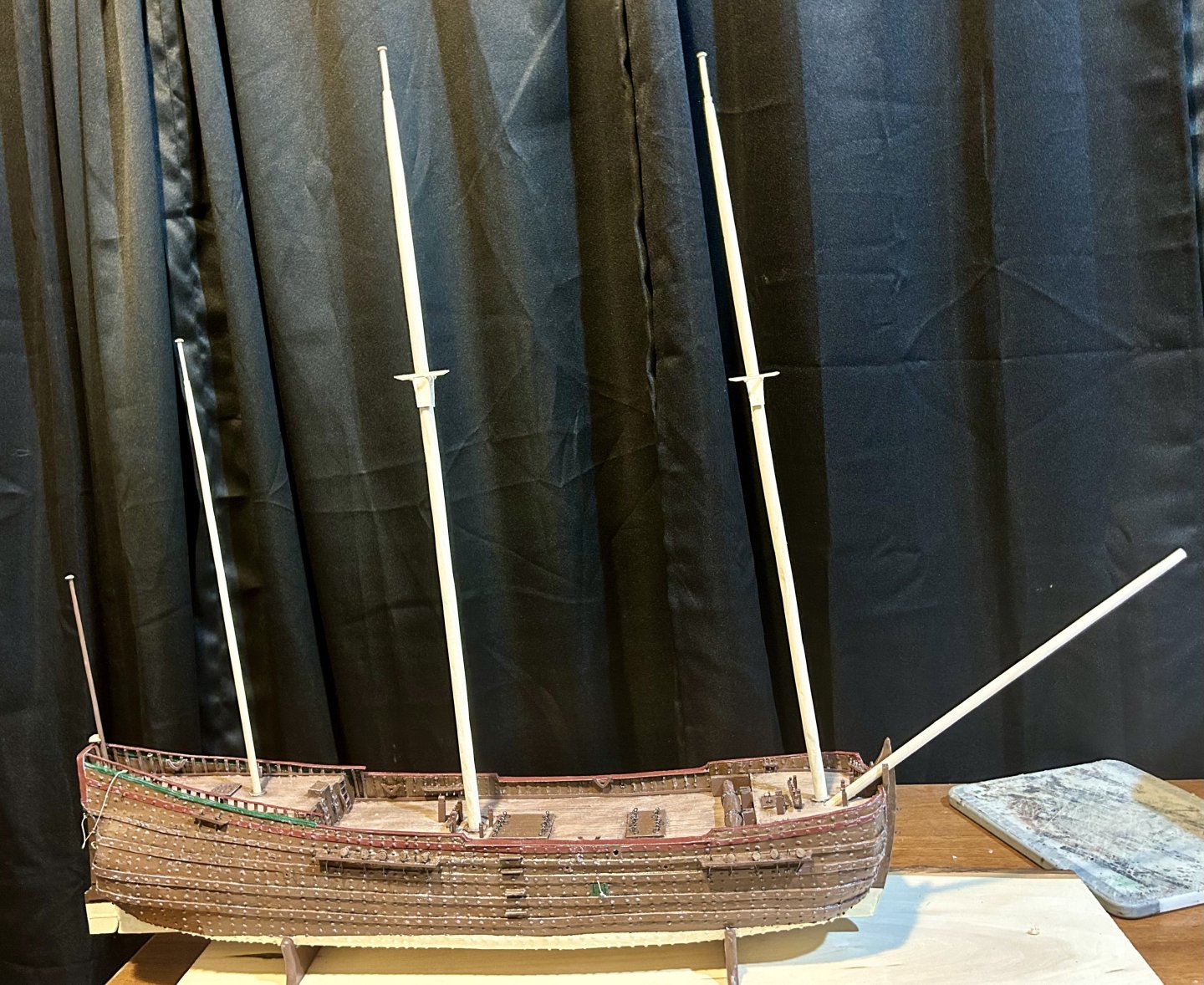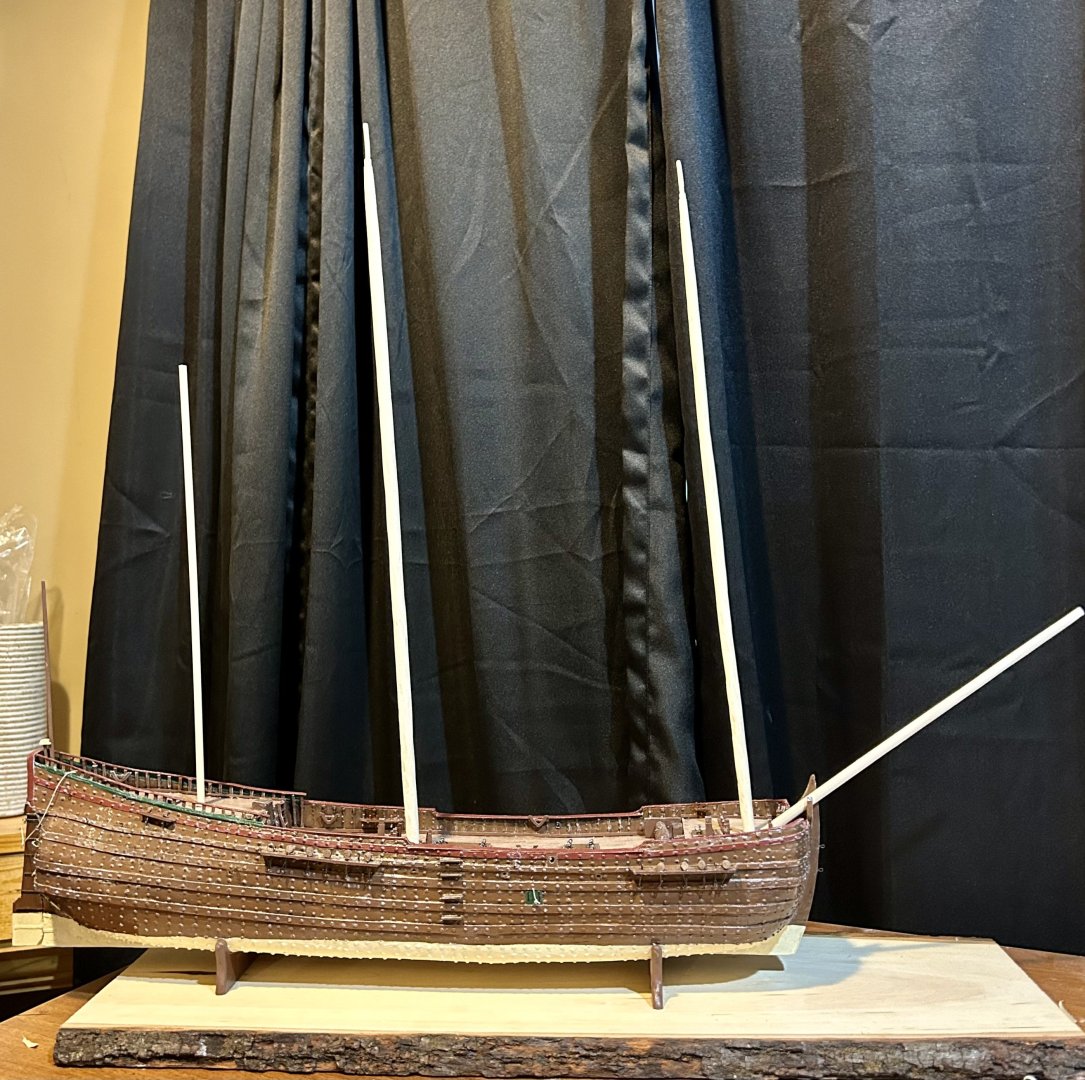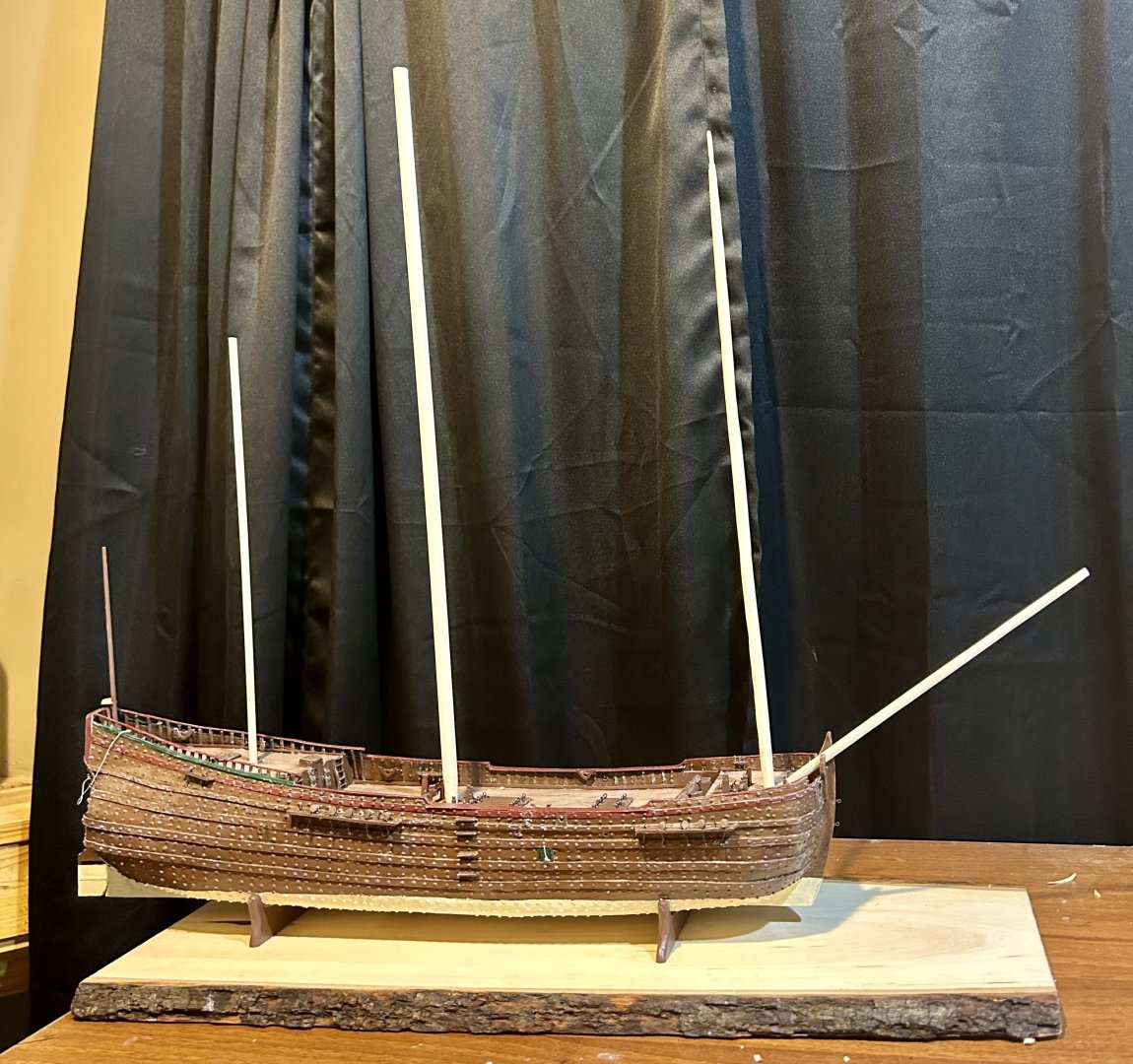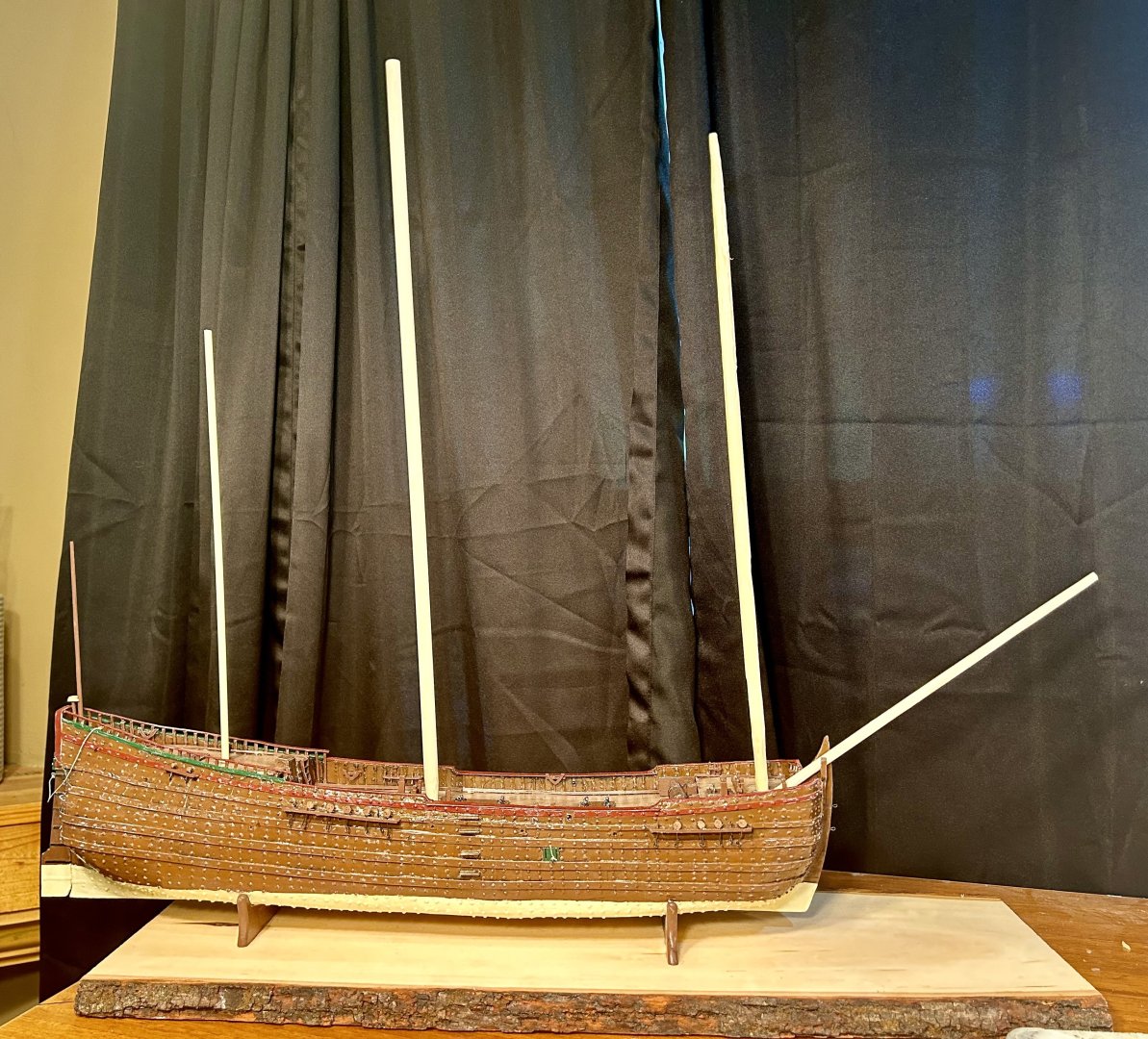
GrandpaPhil
NRG Member-
Posts
4,885 -
Joined
-
Last visited
About GrandpaPhil

Profile Information
-
Interests
Model ship building
Recent Profile Visitors
The recent visitors block is disabled and is not being shown to other users.
-
 Knocklouder reacted to a post in a topic:
Cat Esther by GrandpaPhil - 1/64 - CARD
Knocklouder reacted to a post in a topic:
Cat Esther by GrandpaPhil - 1/64 - CARD
-
 Baker reacted to a post in a topic:
Cat Esther by GrandpaPhil - 1/64 - CARD
Baker reacted to a post in a topic:
Cat Esther by GrandpaPhil - 1/64 - CARD
-
 JacquesCousteau reacted to a post in a topic:
Cat Esther by GrandpaPhil - 1/64 - CARD
JacquesCousteau reacted to a post in a topic:
Cat Esther by GrandpaPhil - 1/64 - CARD
-
 Scottish Guy reacted to a post in a topic:
Cat Esther by GrandpaPhil - 1/64 - CARD
Scottish Guy reacted to a post in a topic:
Cat Esther by GrandpaPhil - 1/64 - CARD
-
 chadwijm6 reacted to a post in a topic:
Sopwith Camel by gsdpic - FINISHED - Artesania Latina - 1/16th scale
chadwijm6 reacted to a post in a topic:
Sopwith Camel by gsdpic - FINISHED - Artesania Latina - 1/16th scale
-
 GrandpaPhil reacted to a post in a topic:
King of the Mississippi by Warnerade - Artesania Latina - 1:80
GrandpaPhil reacted to a post in a topic:
King of the Mississippi by Warnerade - Artesania Latina - 1:80
-
 GrandpaPhil reacted to a post in a topic:
King of the Mississippi by Warnerade - Artesania Latina - 1:80
GrandpaPhil reacted to a post in a topic:
King of the Mississippi by Warnerade - Artesania Latina - 1:80
-
 GrandpaPhil reacted to a post in a topic:
King of the Mississippi by Warnerade - Artesania Latina - 1:80
GrandpaPhil reacted to a post in a topic:
King of the Mississippi by Warnerade - Artesania Latina - 1:80
-
 GrandpaPhil reacted to a post in a topic:
King of the Mississippi by Warnerade - Artesania Latina - 1:80
GrandpaPhil reacted to a post in a topic:
King of the Mississippi by Warnerade - Artesania Latina - 1:80
-
 GrandpaPhil reacted to a post in a topic:
Canoa de Rancho by JacquesCousteau - Scale 1:32 - Lake Chapala Fishing and Cabotage Vessel
GrandpaPhil reacted to a post in a topic:
Canoa de Rancho by JacquesCousteau - Scale 1:32 - Lake Chapala Fishing and Cabotage Vessel
-
 GrandpaPhil reacted to a post in a topic:
ZULU 1916 by Ras Ambrioso - 1/48 scale - stern paddlewheeler
GrandpaPhil reacted to a post in a topic:
ZULU 1916 by Ras Ambrioso - 1/48 scale - stern paddlewheeler
-
 GrandpaPhil reacted to a post in a topic:
Herzogin Cecilie 1902 by Jim Lad - Four Masted Barque
GrandpaPhil reacted to a post in a topic:
Herzogin Cecilie 1902 by Jim Lad - Four Masted Barque
-
 GrandpaPhil reacted to a post in a topic:
LA CREOLE/ LA GUADELOUPE by matiz - 1:48 - by Tiziano Mainardi from Boudriot plans
GrandpaPhil reacted to a post in a topic:
LA CREOLE/ LA GUADELOUPE by matiz - 1:48 - by Tiziano Mainardi from Boudriot plans
-
 GrandpaPhil reacted to a post in a topic:
French 64 Gun Ship 1729 by Jeronimo
GrandpaPhil reacted to a post in a topic:
French 64 Gun Ship 1729 by Jeronimo
-
 GrandpaPhil reacted to a post in a topic:
Curtiss P-40K Kittyhawk Mk III by realworkingsailor - Special Hobby - 1/72
GrandpaPhil reacted to a post in a topic:
Curtiss P-40K Kittyhawk Mk III by realworkingsailor - Special Hobby - 1/72
-
For a swivel mounted carronade it will be similar to this: That’s on the Victory, so the carronade is a little bigger and a little heavier than what Niagara packed, but yours will be of a similar configuration, just most likely with only one set of blocks on each side to aim, not two sets on each side like is on mine.
-
One of the things I really enjoy about Steven’s builds is the sheer amount of historical research from primary sources that is done, and the debates that interpreting those sources creates. I have learned a lot from them and it is incredible to see the models take shape that embodies that research.
- 392 replies
-
Ferrus, Howard Chapelle has several excellent examples of pilot cutters in his books “The History of American Sailing Ships” and “The Search For Speed Under Sail”. His books are some of my go-to references for 19th Century sailing vessels. He has many sets of hull lines/plans and isometric drawings of different ships, including pilot boats. That may help you with the hull/deck design. Chapelle’s books are very common and can be found on EBay cheaply.
-
Congratulations! Very well done!
- 177 replies
-
- Perseverance
- Modellers Shipyard
-
(and 1 more)
Tagged with:
-
Hello from Cleveland (or thereabouts)
GrandpaPhil replied to EGL's topic in New member Introductions
Welcome!
About us
Modelshipworld - Advancing Ship Modeling through Research
SSL Secured
Your security is important for us so this Website is SSL-Secured
NRG Mailing Address
Nautical Research Guild
237 South Lincoln Street
Westmont IL, 60559-1917
Model Ship World ® and the MSW logo are Registered Trademarks, and belong to the Nautical Research Guild (United States Patent and Trademark Office: No. 6,929,264 & No. 6,929,274, registered Dec. 20, 2022)
Helpful Links
About the NRG
If you enjoy building ship models that are historically accurate as well as beautiful, then The Nautical Research Guild (NRG) is just right for you.
The Guild is a non-profit educational organization whose mission is to “Advance Ship Modeling Through Research”. We provide support to our members in their efforts to raise the quality of their model ships.
The Nautical Research Guild has published our world-renowned quarterly magazine, The Nautical Research Journal, since 1955. The pages of the Journal are full of articles by accomplished ship modelers who show you how they create those exquisite details on their models, and by maritime historians who show you the correct details to build. The Journal is available in both print and digital editions. Go to the NRG web site (www.thenrg.org) to download a complimentary digital copy of the Journal. The NRG also publishes plan sets, books and compilations of back issues of the Journal and the former Ships in Scale and Model Ship Builder magazines.


.thumb.jpeg.ee4d205046163acd786c8b7e92026d43.jpeg)

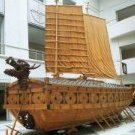
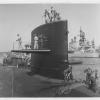



.thumb.jpeg.fc5d633a7b34428fcf19419a73d56d55.jpeg)



